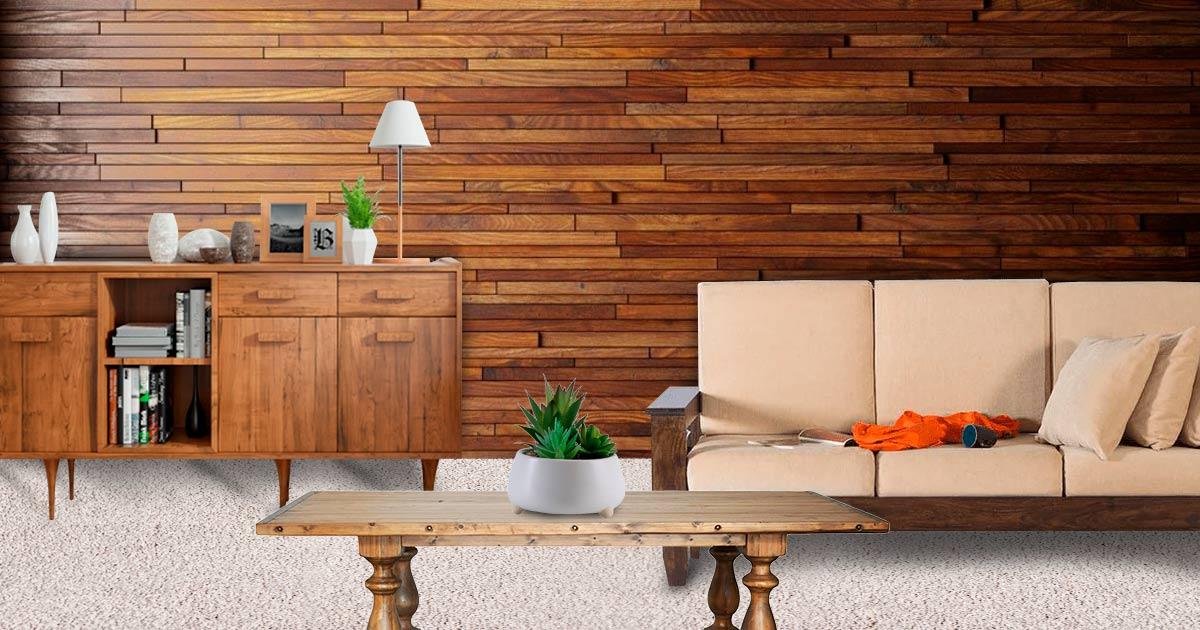
Eco-Friendly Timber Choices for Furniture
Eco-friendly timber furniture combines style, durability, and sustainability. Choosing the right wood helps protect forests, reduce waste, and promote environmentally responsible practices. In 2025, homeowners increasingly prefer furniture made from sustainable sources without compromising aesthetics or functionality.
Reclaimed Timber
Reclaimed timber comes from old buildings, barns, or furniture. Using reclaimed wood prevents it from going to waste and reduces the need to cut new trees. It often has unique textures and aged character, adding charm and history to furniture. Reclaimed timber is ideal for tables, shelving, and accent pieces.
FSC-Certified Wood
The Forest Stewardship Council (FSC) certifies wood sourced from responsibly managed forests. FSC-certified timber ensures that trees are harvested sustainably, habitats are protected, and workers are treated fairly. Choosing FSC-certified furniture guarantees eco-friendly practices and long-term forest conservation.
Bamboo
Bamboo grows rapidly and regenerates quickly, making it one of the most sustainable wood alternatives. It is strong, lightweight, and versatile, suitable for chairs, tables, and flooring. Bamboo’s natural appearance adds a modern and eco-conscious aesthetic to furniture.
Cork
Cork is harvested from the bark of cork oak trees without harming them. It is renewable, lightweight, and resilient. Cork works well for furniture accents, stools, and surfaces. Its natural texture and warmth enhance both traditional and contemporary interiors.
Recycled Wood Composites
Recycled wood composites combine leftover wood fibers with adhesives to create durable boards for furniture. This process reduces waste and utilizes materials that would otherwise be discarded. Composites are cost-effective, versatile, and suitable for modern furniture designs.
Locally Sourced Timber
Using timber sourced locally reduces transportation emissions and supports local economies. Local woods often adapt well to the climate and are available in a range of types and finishes. Choosing locally sourced timber contributes to sustainability and encourages eco-friendly furniture production.

Avoid Harmful Finishes
Eco-friendly timber furniture also relies on safe, low-VOC finishes and adhesives. Avoiding toxic chemicals ensures healthier indoor air quality and reduces environmental impact. Water-based stains, natural oils, and waxes are safe alternatives that maintain wood beauty.
Conclusion
Eco-friendly timber choices for furniture include reclaimed wood, FSC-certified timber, bamboo, cork, recycled composites, and locally sourced wood. Selecting sustainable materials supports responsible forestry, reduces waste, and creates stylish, durable furniture for your home. Conscious choices in timber not only enhance interiors but also contribute to a greener, healthier planet.




